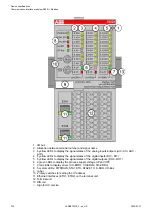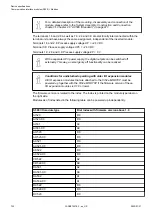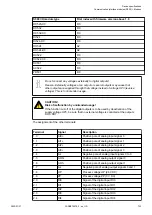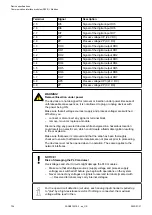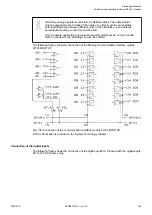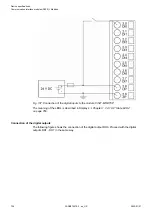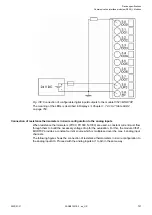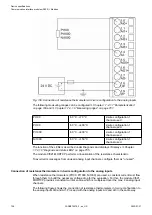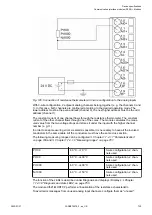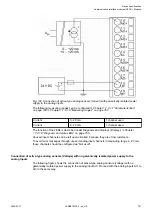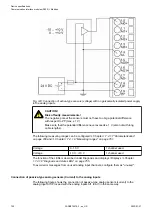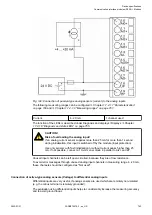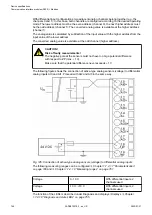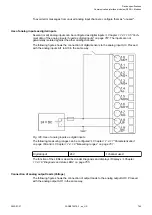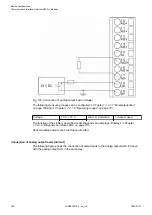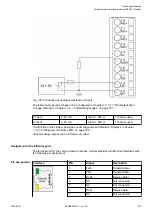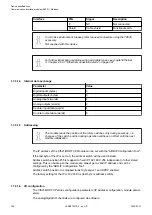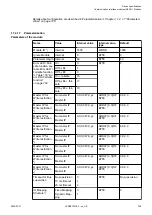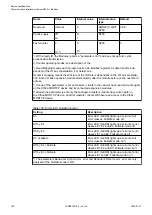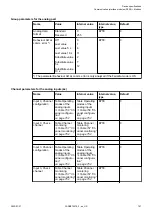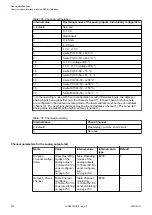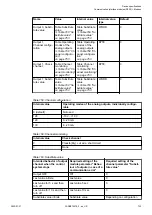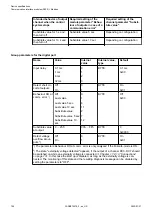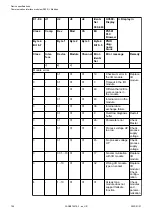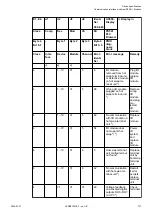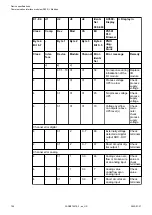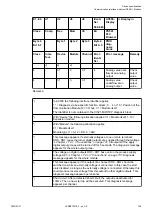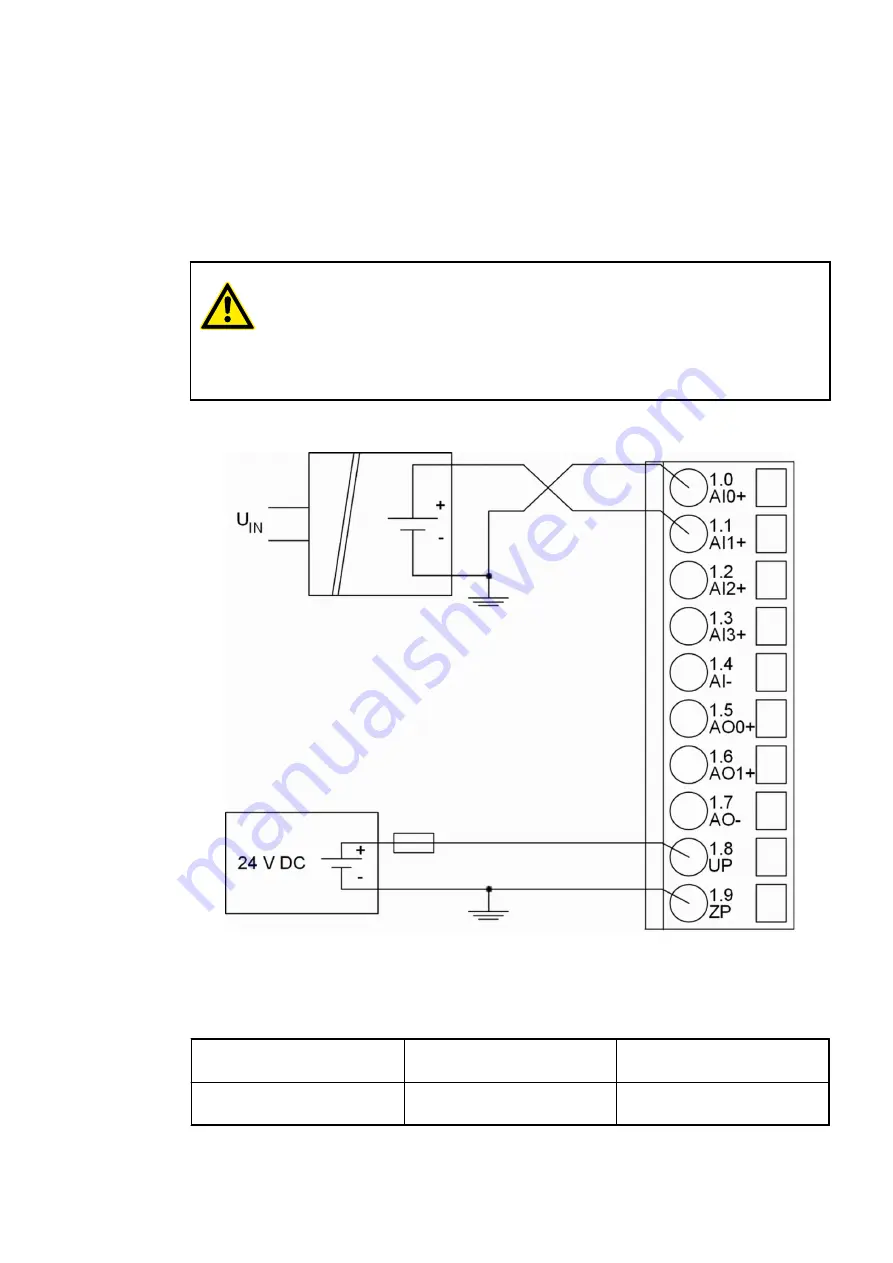
With differential input configurations, two adjacent analog channels belong together (e.g. the
channels 0 and 1). In this case, both channels are configured according to the desired operating
mode. The lower address must be the even address (channel 0), the next higher address must
be the odd address (channel 1). The converted analog value is available at the higher address
(channel 1).
The analog value is calculated by subtraction of the input value with the higher address from the
input value of the lower address.
The converted analog value is available at the odd channel (higher address).
CAUTION!
Risk of faulty measurements!
The negative pole at the sensors must not have too big a potential difference
with respect to ZP (max.
±
1 V).
Make sure that the potential difference never exceeds
±
1 V.
The following figure shows the connection of active-type analog sensors (voltage) to differential
analog inputs AI0 and AI1. Proceed with AI2 and AI3 in the same way.
Fig. 145: Connection of active-type analog sensors (voltage) to differential analog inputs
The following measuring ranges can be configured
Chapter 1.7.4.1.7 “Parameterization”
Chapter 1.7.4.1.9 “Measuring ranges” on page 761
:
Voltage
0...10 V
With differential inputs, 2
channels used
Voltage
-10 V...+10 V
With differential inputs, 2
channels used
The function of the LEDs is described under Diagnosis and displays / Displays
1.7.4.1.8 “Diagnosis and state LEDs” on page 755
.
Device specifications
Communication interface modules (S500) > Modbus
2022/01/31
3ADR010278, 3, en_US
744

